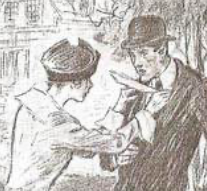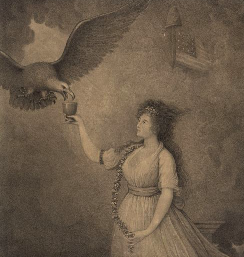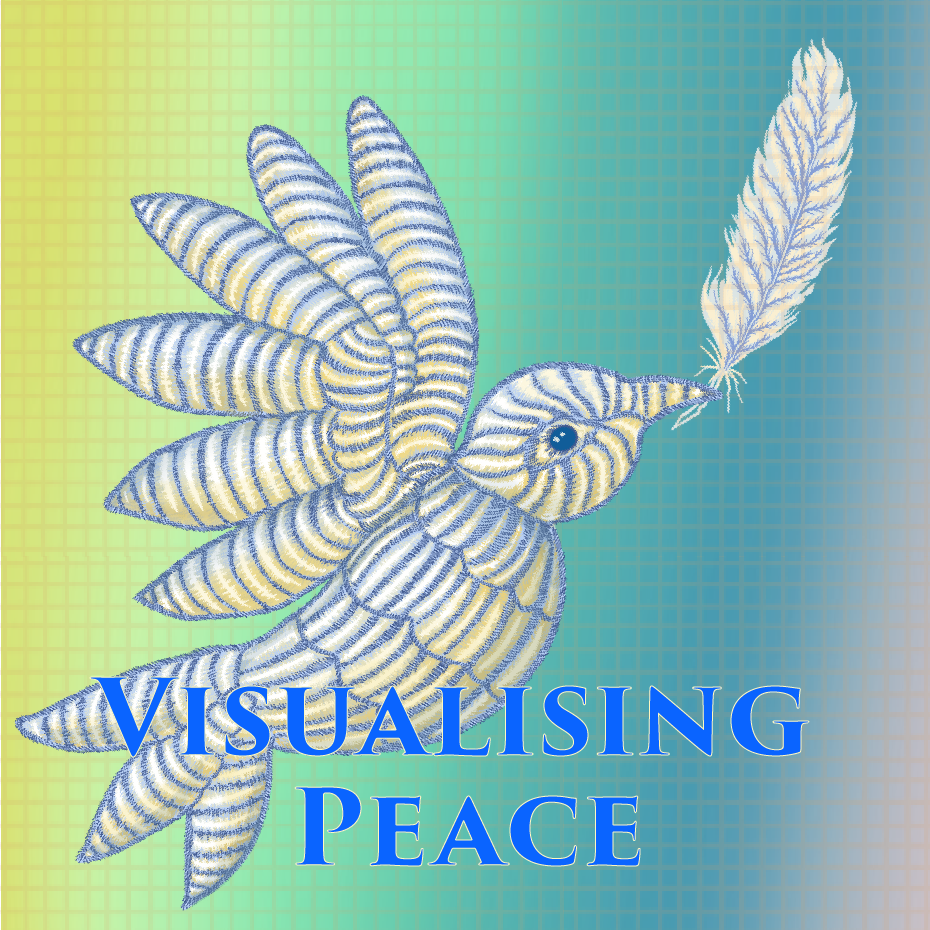“Suddenly producing a large white feather, she jabbed it into his waistcoat. And in another tone, fierce and scornful, she added:… ‘You coward! Why don’t you enlist?’”
https://www.opendemocracy.net/en/5050/white-feather-girls-womens-militarism-in-uk/>
In the First World War, prior to the introduction of conscription in Britain in January 1916, men were strongly encouraged to sign up to the army. However, some men refused on moral grounds, gaining them the title ‘conscientious objectors’. Admiral Charles Fitzgerald began the campaign, organising a group of thirty women to hand out white feathers to men they saw who were not wearing uniform.[i] This cause then gained traction, turning into a paramilitary feminist cause, with women in many towns and cities such as Folkestone, Eastbourne and London walking through the streets and pinning white feathers on men, to shame them for not fighting for their country. The feather therefore became a symbol of cowardice. However, the women would often mistarget men, sometimes trying to pin feathers on men on leave or even on war heroes.[ii]
Visualising Peace with a Feather

I have chosen this image, which can be seen in full here, because I think that the White Feather Campaign is an interesting way to look at different conceptions of peace. In fact, it reveals some challenging paradoxes about how ideas and symbols of peace and pacifism can evolve and be deployed.
The women of the ‘White Feather Campaign’ were militant in more ways than one: with passive aggression, they tried to shame men into signing up and fighting in the war, believing that military involvement was necessary and right. The symbol they used took some well-known peace imagery – the classic white dove – and twisted it to fit their public campaign. It is important to remember that, in their militarism, many of these women felt that they were ultimately working towards global peace: joining the ‘war effort’ was the best way, in their view, to bring the First World War to an end. Their views stood in stark contrast to the moral pacifism of conscientious objectors, who argued against violence as a means of solving conflict.
In other words, the story of the White Feather Campaign reveals a complex clash of positions on conflict resolution. Although a well-known episode, this part of WWI history still has the power to challenge our perceptions of what peace means to individuals and communities. It underlines the very different positions people can take on peace, peace-making and pacifism, and how militantly committed they can become to those positions. Different approaches to conflict resolution can in themselves become a source of personal and societal conflict.

Library of Congress
Another interesting point to consider is the reversal of roles. Historically, men are the ones who have been militarised for fighting, with women embodying more peaceful alternatives. This is true in many different media and cultures. One example is Edward Savage’s 1796 engraving entitled ‘Liberty. In the form of the goddess of youth, giving support to the bald eagle’, which uses the woman as an embodiment of the American constitutional values of freedom. A more modern example is seen in the language used by former President of India, Pranab Mukherjee, when he characterised women as the symbol of peace, love, humanity and dignity after conferring awards on two women at the Pragjyoti ITA Centre for Performing Arts in 2013. In the white feather campaign, roles are reversed, with the men connected to pacifism and the women campaigning for conflict. This challenges our gendered perceptions of peace, inviting us to consider whether women should be symbolically consigned to the realm of peace, or whether we should open this up to all other gender identities.
What do you think?

- How do wider peacemaking initiatives and inner moral beliefs intersect?
- Is everyone’s interpretation of peace or pacifism the same?
- Can shaming and prejudice promote peace-making?
- Why do women historically represent peace?
If you enjoyed this item…
You might also enjoy Howard Marten: Conscientious Objector, ‘Pride: peace in social justice and the power of solidarity‘, ‘Valentino’s Peace Dress‘ and other items with the tag ‘Pacifism‘.
Claire Percival, April 2022
[i] Gullace, Nicoletta F. “White Feathers and Wounded Men: Female Patriotism and the Memory of the Great War.” Journal of British Studies 36, no. 2 (1997): p.178. Additional information is available here and here.
[ii] Reagan, Geoffrey. Military Anecdotes (Guinness Publishing, 1992), p.63; Max Arthur, Forgotten Voices of the Great War (London: Random House, 2012), pp. 18–22.